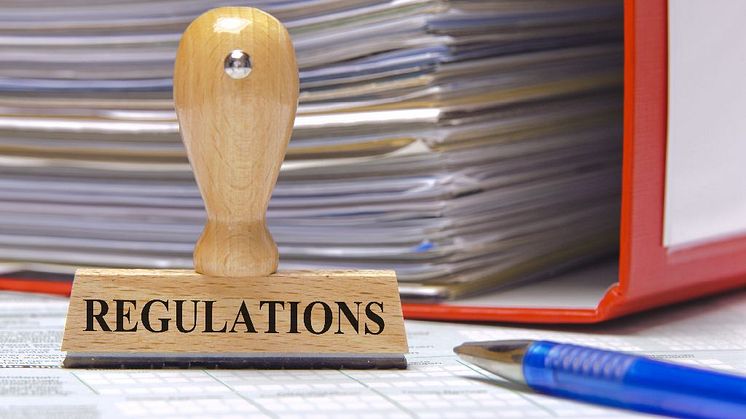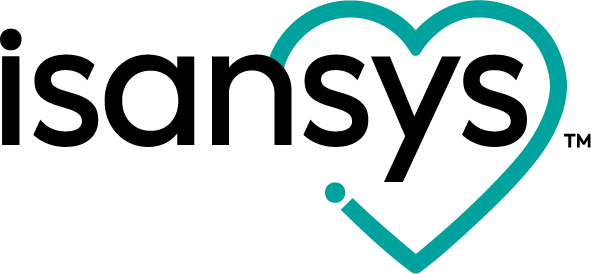
Blog post -
Medical Device Regulations Don’t Have to Hold You Back
When you step on a plane, you don’t worry about a wing falling off or an engine blowing up, because they are designed, manufactured and maintained in accordance with strict regulatory standards for safety and compliance.
The same applies to when you visit your GP or go into hospital. If the doctor tells you to take a certain medication to help you get better, you do it. And, when you have to go into hospital for an operation, you feel safe in the knowledge that the surgeon has completed their specific training and that you will come out feeling much better than before you went in.
However, if a patient went into hospital and died because the surgeon was using equipment that wasn’t qualified, validated or proven, this would be completely unacceptable, because it should never have happened. It should never have happened because the devices being used in that hospital room should have been checked and deemed safe and reliable to use at all times. It should have gone through a rigorous, government-controlled regulation process.
“Regulations are essential and necessary to ensure patient safety”



In the EU, medical device manufacturers’ have to comply with the Medical Device Directive and ISO 13485 standards and regulations in order to apply CE Marking to their devices. Medical devices sold in the United States also have to comply with the FDA Quality System regulation for Medical Devices (21 CFR Part 820). This regulatory process is necessary to ensure the safety of medical devices and products before adoption by the public. This process also guarantees data accuracy, that the devices are safe to use, and that they do exactly what they say they’re going to do.
The regulations cover all aspects of a device’s life from classification andclinical trials,to ensuring compliance assessments are carried out, and the correct bodies are notified once a product is ready to launch.

Like everything else which has been manufactured, medical devices can pose risks of failure, including mechanical failure, faulty design, poor manufacturing quality, and user error, among other safety issues. However, when it comes down to somebody’s life and the fact that malfunctions of a device could actually lead to death, then the entire lifecycle of a device needs to be highly regulated and controlled.
For instance, a blood-glucose monitor that gives an incorrect reading could result in significant harm to a diabetic patient who relies on that reading's accuracy before taking any necessary medication.
This is why medical device manufacturers have to comply with the Medical Device Directive and applicable technical harmonised standards. Safety has to be paramount in order to prevent patients suffering any adverse consequences.



The current European system of regulation protects patients from unsafe medical devices whilst at the same time continuing to encourage the development of innovative new medical devices.
In 2012, Isansys Lifecare Limited, the provider of complete real-time physiological patient data services and systems, achieved CE certification for its LifeTouch Patient Surveillance System, comprising the LifeTouch HRV011 intelligent body-worn wireless sensor and associated Patient Gateway.
The LifeTouch System enables a complete clinical solution, combining continuous real-time information and automated patient surveillance which can be used by clinicians for predicting adverse events.

This CE certification marked a major milestone for Isansys on the road to global pervasive adoption of these kinds of essential devices. The company, based in Abingdon, Oxfordshire, is now working on its second generation devices and systems in line with the next wave of market demand. These are to be put forward for CE Marking next month and will be put into service in several NHS hospitals shortly.
Isansys has taken a strong stand since starting up nearly five years ago, with its commitment to delivering safe, effective, reliable and clinically accurate devices to the medical health sector. It is a great example of how, when appropriately implemented, regulations can ensure public health benefit and the safety of the patients, health care workers and the community, whilst at the same time allowing new technology to be created which will not only save time and money within the NHS and other health care organisations but will, ultimately, save lives.

